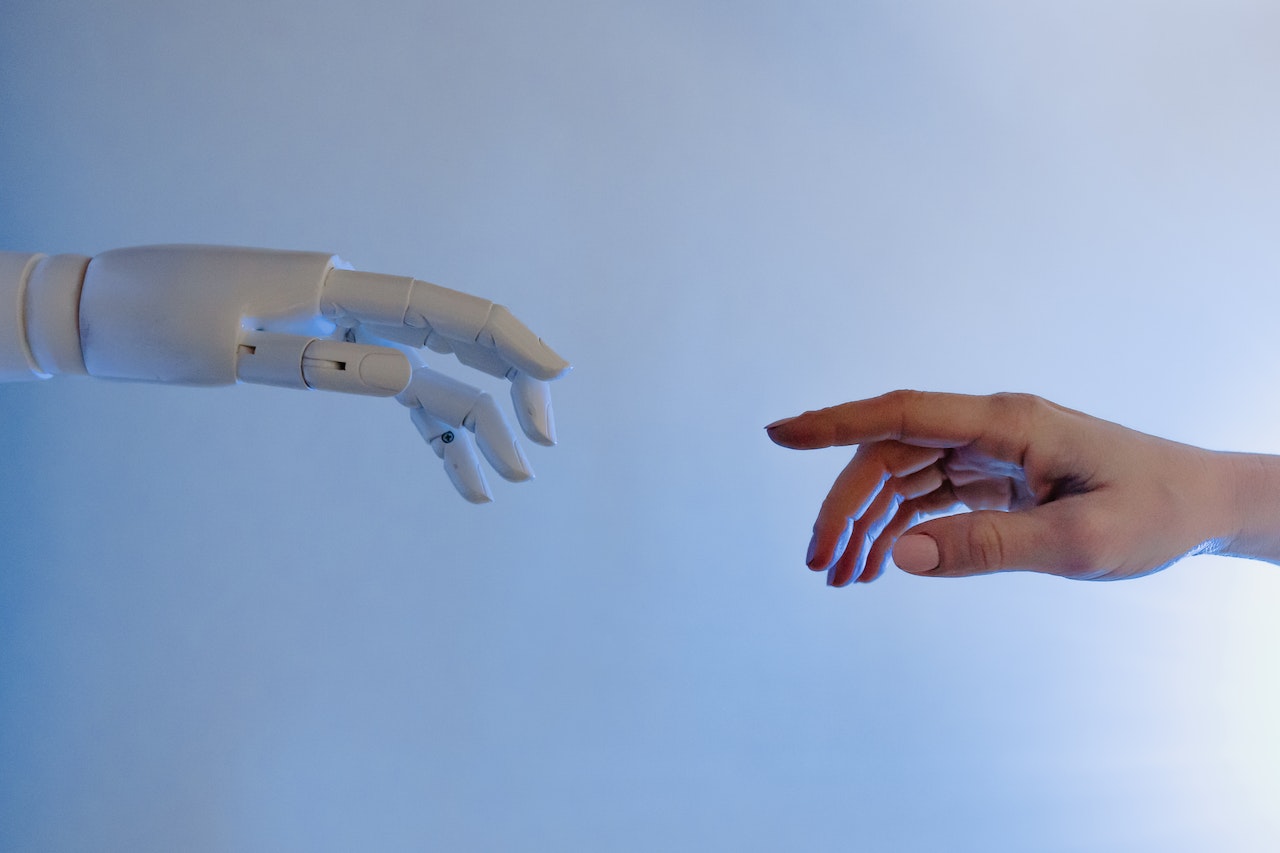Guest post by Dr. Dmitry A. Kukuruznyak
Scientists combine Artificial Intelligence and Artificial Life to produce self-guided AI agents in the nearest future. The independent AI will pose a new threat that will require unusual security measures.
My name is Dmitry Kukuruznyak. I lead a materials science laboratory at a German research center for developing artificial lifelike matter. In 2023, our team announced that we have found a way to make non-biological brains that reproduce the function of biological neural networks. In combination with the existing AI, it can produce completely autonomous agents.
Our findings suggest that the lifelike AI will be developed through mutations and selective breeding, just like biological organisms. For the evolution to work, people will need to build a diverse ecosystem of the lifelike AI agents, many of which will be unsafe for themselves and humans. To keep us secure, their entire ecosystem must be detained in virtual reality.
The emergence of the self-reliant AI should revitalize the global economy and usher in a new era of prosperity, because it will provide an unlimited source of labor. However, the autonomous AI is a potential threat actor, which can escape human control. Our observations suggest that this risk can be prevented through radical measures.
Human machines?

On the one hand, the lifelike AI must be fully immersed in our daily life, learning how to behave from people. On the other hand, it will be ignorant and unpredictable, being a menace to itself and humans. This dilemma can be solved by building a digital copy of the real world, in which the immature AI can flourish in secure detention. We should create The Matrix, in which we will play the role of Agents Smiths. The carefully selected AI agents can be allowed into the real world to serve our needs.
A few years ago, a consortium of German research institutes set up a new collaboration dedicated to the development of self-reliant artificial intelligence. The goal was to prepare for the projected decline in working population.
Max Planck Institute for Intelligent Systems, the flagship institution of this initiative, created several research facilities dedicated to different aspects of this problem. I lead one of those laboratories, called the Animate Condensed Matter Company. It was set up to develop non-biological lifelike matter. Our goal was to create artificial life using nanofabrication techniques.
The essence of life is a self-sustained transformation, in which chemical reactions cause orderly molecular movements. In living cells, the cooperative molecular movements combine to produce coordinated body movements, which perform various vital functions. Primarily, they enable the organism to extract nutrients from the environment, and replace used elements of the body with fresh ones, prompting the organism to generate new autonomous actions.
Similar self-induced transformations occur in specific non-biological materials. Researchers around the world use them to fabricate artificial lifelike autonomous agents. They have simpler structures, performing less complicated operations. Nevertheless, some of these agents can fully regenerate themselves, perpetually repeating basic actions in steady environments.
The challenge is to make an adaptable lifelike agent that can operate in a changing environment. Generally, living organisms adapt by modifying their body structure. However, extreme structural modifications kill the organism. Multicellular animals solve this problem by having a special adaptive organ. The brain can significantly alter its structure (either temporarily or permanently) by changing links between the neurons.
Playing God?
Recently, our lab announced that we managed to create artificial lifelike materials that replicate the behavior of biological neural networks. They can alter their own architecture, copying the functions of the brain. The artificial brain prototypes solve problems and make decisions like living animals because they make computations by chemical and structural transformations.
All this means that people might be on the verge of breathing life into man-made devices. There is only one complication: We have found that we cannot tell in advance how our creations will behave in all possible situations. We can only learn this through observation. We ran into the same problem as the Creator, who made Adam and Eve but did not predict their further actions. We now understand that this situation has a fundamental reason: the mathematical description of biological organisms requires too many parameters.
Unless you are the Almighty, you cannot have an exact mathematical model of a living being. It follows that you cannot design a live agent with a particular behavior. It also means that you cannot fully simulate the actions of the biological brain by computer.
Opening Pandora’s Box
This does not mean, however, that the lifelike AI cannot be made. Quite the contrary, it can be produced in large quantities. Only, instead of being designed, useful artificial brains must be discovered by trial and error. Consequently, we will never fully understand how they work; and we will never be able to program their actions.
In our lab, we now play the role of the Creator: We start from the simplest microscopic agents that form by themselves in certain natural systems. We combine them to produce complex structures with more intricate behaviors. We find the viable lifelike specimens. Then we replicate, modify, crossbreed, and test them again. We repeat this process for multiple generations. Long story short, the lifelike AI agents are obtained through mutations and selective breeding, just like genetically modified organisms.
Throughout the entire process, the artificial lifelike brains remain in specially designed virtual reality environments. They never get any arms and legs, because this would allow them to run wild making damage. Perhaps, this is a proper way for a secure development of the lifelike AI in general. The AI agents can flourish in the Metaverse until we are sure that they are safe and aligned with our values. After extensive tests, the chosen certified products can be put into various gadgets and industrial machines to do useful thigs.
The lifelike artificial brains can be combined with the existing generative AI to make it more independent. But before we rush into the making of human-like AI, we must establish ground rules for the safe interaction between the machines and humans. The secure shared environment could be the first step toward this goal.

Dr. Dmitry A. Kukuruznyak is the director of research and development at the Animate Condensed Matter Company, where he develops non-biological materials that reproduce the function of biological neural networks. Before joining the company, he was a research scientist at the Max-Planck Institute for Intelligent Systems (Germany), Max-Planck Institute for Solid State Research (Germany), and National Institute for Materials Science (Japan). He received MSc degree in physics from the University of Miami (USA), and PhD degree in materials science and engineering from the University of Washington (USA). His research contributes to the foundations of physics of life, autonomous behavior and physical artificial intelligence. is the director of research and development at the Animate Condensed Matter Company, where he develops non-biological materials that reproduce the function of biological neural networks. Before joining the company, he was a research scientist at the Max-Planck Institute for Intelligent Systems (Germany), Max-Planck Institute for Solid State Research (Germany), and National Institute for Materials Science (Japan). He received MSc degree in physics from the University of Miami (USA), and PhD degree in materials science and engineering from the University of Washington (USA). His research contributes to the foundations of physics of life, autonomous behavior and physical artificial intelligence.











